Gauguin
R115Nancy Ireson is the Schroder Foundation Curator of Painting at the Courtauld Gallery, and specialises in French art of the late nineteenth and early twentieth centuries.
Showing 145–160 of 292 results
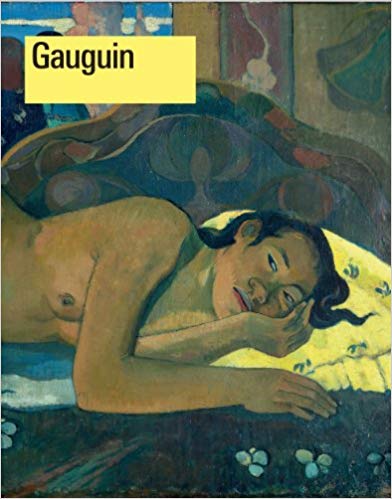
Nancy Ireson is the Schroder Foundation Curator of Painting at the Courtauld Gallery, and specialises in French art of the late nineteenth and early twentieth centuries.
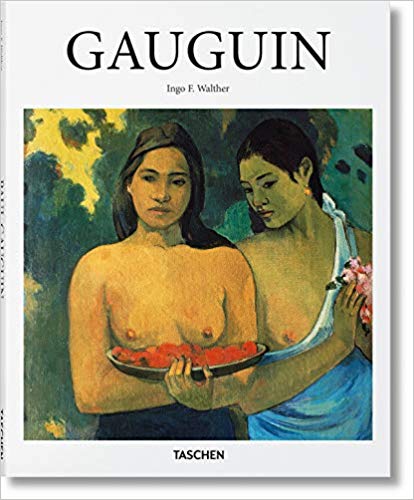
Paul Gauguin (1848–1903) was not cut out for finance. Nor did he last particularly long in the French Navy, or as a tarpaulin salesman in Copenhagen who did not speak Danish. He began painting in his spare time in 1873 and in 1876 took part in the Paris Salon. Three years later, he was exhibiting alongside Pissarro, Degas, and Monet.

French painter, sculptor and printmaker Paul Gauguin was born in Paris in 1848 and died in French Polynesia in 1903. The vivid, unnaturalistic colors and bold outlines of his paintings and the strong, semi-abstract quality of his woodcuts had a profound effect on the development of twentieth-century art. But while modern art largely shunned narrative, for Gauguin it remained central.

In this study, Martin Myrone presents a less familiar account of the artist. From his earliest anatomical studies through to his depictions of exotic animals and experiments with the industrialist Josiah Wedgwood, Stubbs is shown to have been dynamically engaged with the science, technology and popular culture of his day. He emerges from this new account as an artist more experimental and challenging than is conventionally thought.

Gerhard Richter: Panorama is the first and most complete overview of Richter’s whole career. Where previous monographs have focused on a single aspect of his work, this stunningly illustrated survey encompasses his entire oeuvre, now stretching across more than a half-century of activity. It includes his photo- paintings, abstracts, landscapes and seascapes, portraits, colour charts, glass and mirror works, sculptures, drawings and photographs, providing the definitive account of Richter’s colossal artistic achievements.
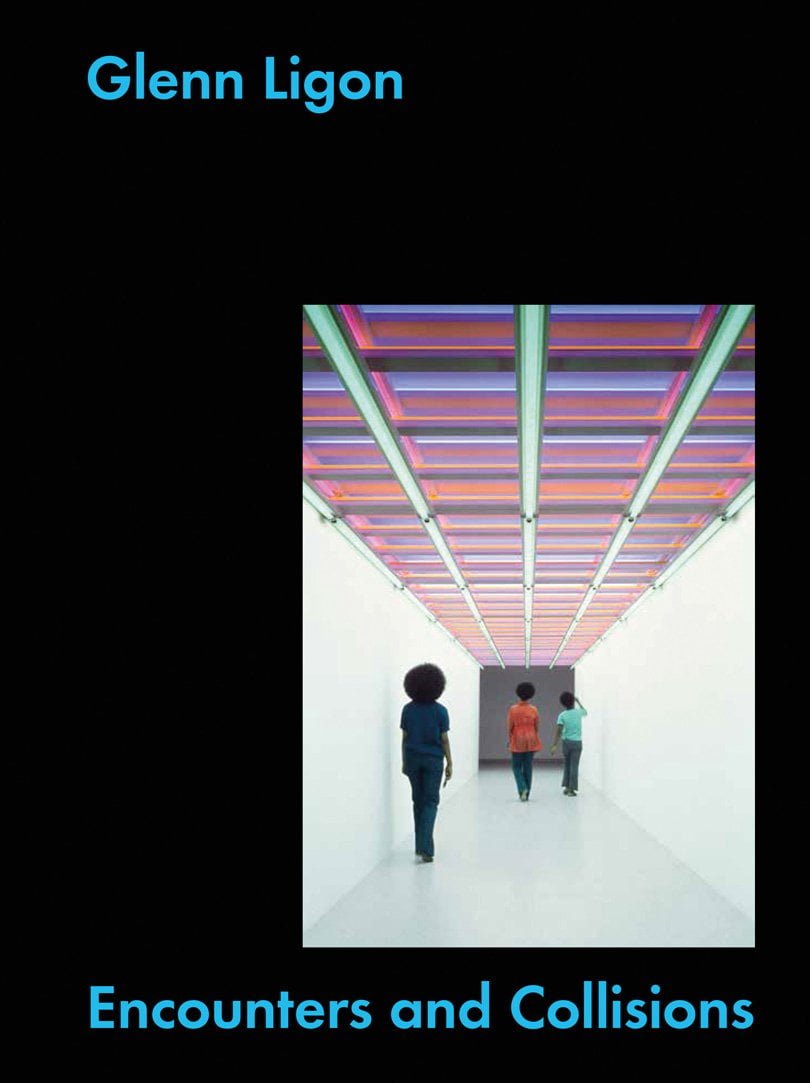
Glenn Ligon (b. 1960) is one of the most significant American artists of his generation. Much of his work relates to abstract cxpressionism and minimalist painting, remixing formal characteristics to highlight the cultural and social histories of the time, such as the civil rights movement.
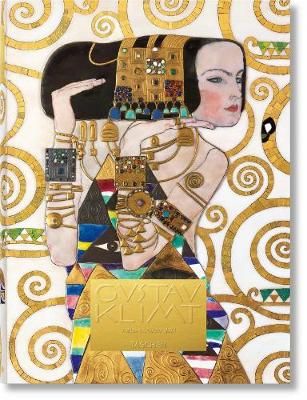
A century after his death, Viennese artist Gustav Klimt (1862–1918) still startles with his unabashed eroticism, dazzling surfaces, and artistic experimentation. This monograph gathers all of Klimt’s major works alongside authoritative art historical commentary and privileged access to the artist’s archive.
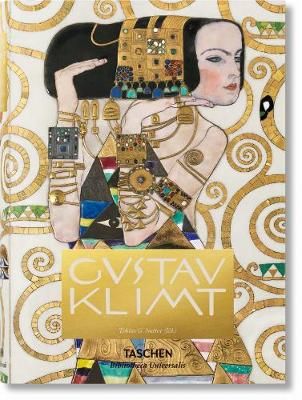
In this neat, dependable monograph, we gather all of Klimt’s major works alongside authoritative art historical commentary and privileged archival material from Klimt’s own archive to trace the evolution of his astonishing oeuvre.
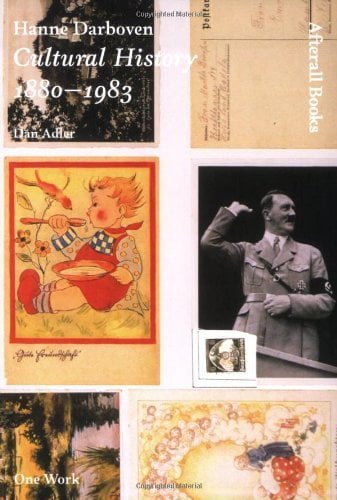
Hanne Darboven’s Kulturgeschichte 1880-1983 (Cultural History 1880-1983)Â is an overwhelming and encyclopedic installation consisting of 1,590 works on paper and 19 sculptural objects. The work weaves together cultural, social, and historical references with autobiographical documents, postcards, pinups of film and rock stars, documentary references to the first and second world wars, geometric diagrams for textile weaving, a sampling of New York doorways, illustrated covers from news magazines, the contents of an exhibition catalogue devoted to postwar European and American art, a kitschy literary calendar, and extracts from some of Darboven’s earlier works.

Painter, poet, critic and teacher, Henry Fuseli (1741-1825) is one of the most idiosyncratic and original figures in the history of British Art. His work has always been the subject of speculation, gossip and fantasy. This book offers a completely new interpretation of the artist, placing him firmly in the context of traumatic social, cultural…
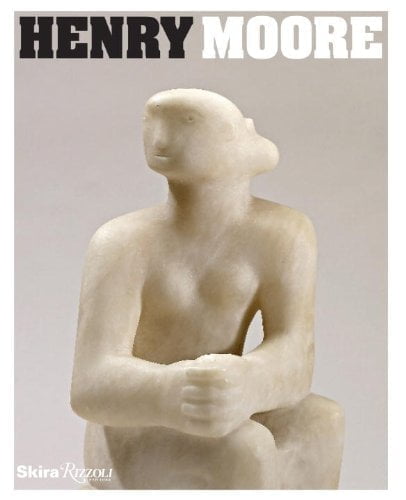
Concentrating on Henry Moore’s early and mid-career, this thorough and perceptive reassessment reinstates the sculptor as a key figure in international modernism. The scale of Henry Moore’s success in later life has tended to obscure the radical nature of his achievement.

This colour catalogue is published by Barbican Art Gallery to accompany the tour Howard Hodgkin Prints. The book spans the artist career in this medium and a catalogue essay by David Acton, Curator of Prints, Drawings, and Photographs, Worcester Art Museum.
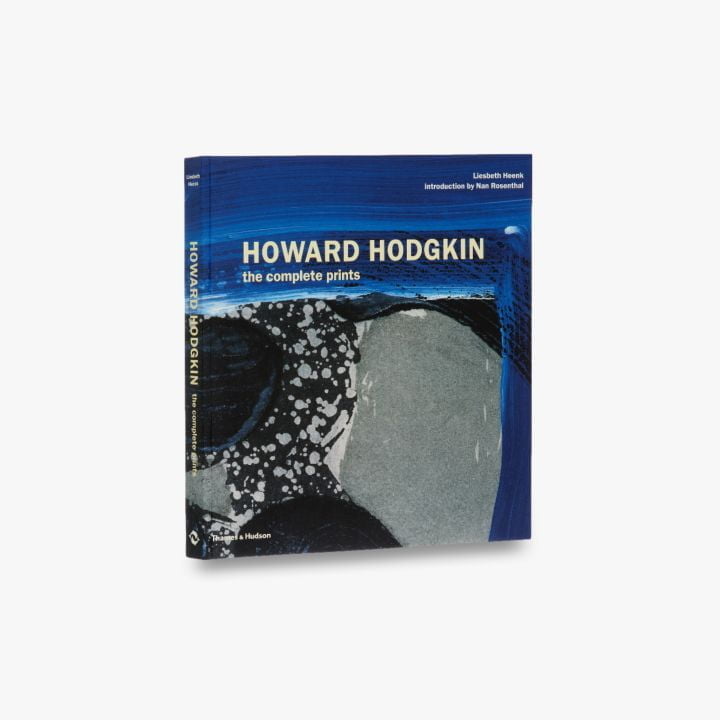
Howard Hodgkin’s prints represent an extraordinary body of work, a parallel and very different achievement from his paintings. They have been internationally celebrated and passionately collected, but never brought together, until now. This first ever comprehensive survey and catalogue raisonné, compiled by Liesbeth Heenk, includes a major essay by Nan Rosenthal, Senior Consultant in the Department of Modern Art at the Metropolitan Museum of Art, New York.
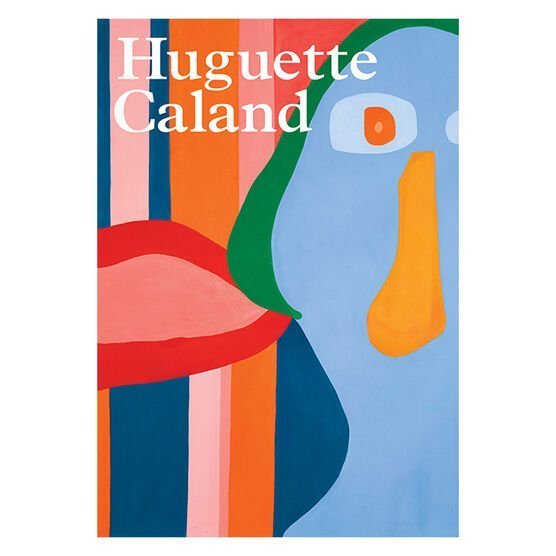
Spanning her 48-year career, this book details Caland’s exploratory practice which has had a key, if under-recognised, role in the development of international modern art. In the 1970s, after moving to Paris from Beirut, she created exuberant and erotically-charged paintings, which challenged traditional conventions of beauty and desire. The female physique is a recurrent motif in her work, depicted as landscapes or amorphous forms.
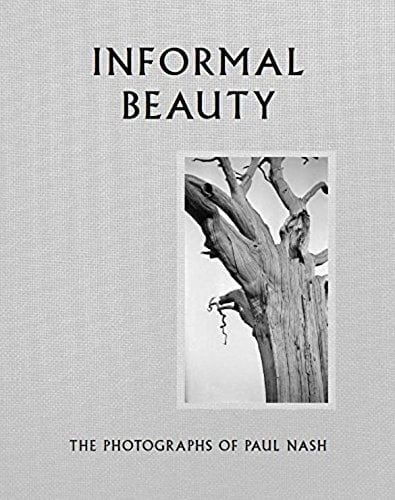
Paul Nash is widely regarded as one of the most significant British artists of the 20th century. Best known for his evocative paintings of war-ravaged landscapes and his quasi-Surrealist visions of the English countryside, Nash was also a consummate photographer, who believed that the camera could reveal aspects of the world that the painter could not.
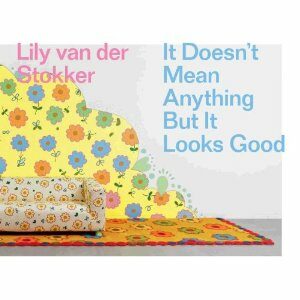
“One of my favourite works of yours is called Darling done with marker pen on paper. It makes me think of the Julie Christie movie with the same title or wallpaper gone crazy. In this work and others I’ve noticed that you use little m,arks that in cartoons usually mean ‘stink’or sometimes highlight a character’s…
No products in the basket.